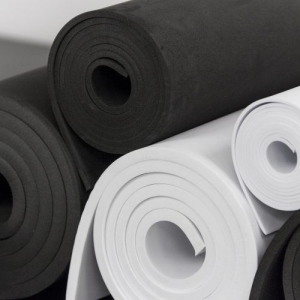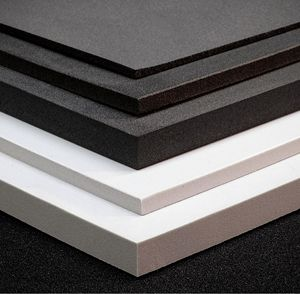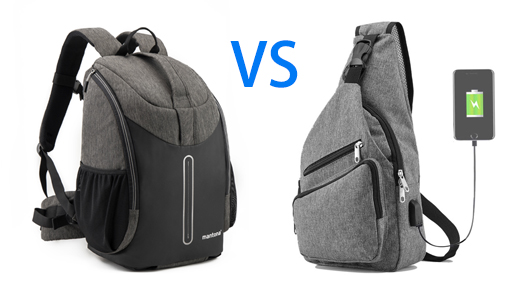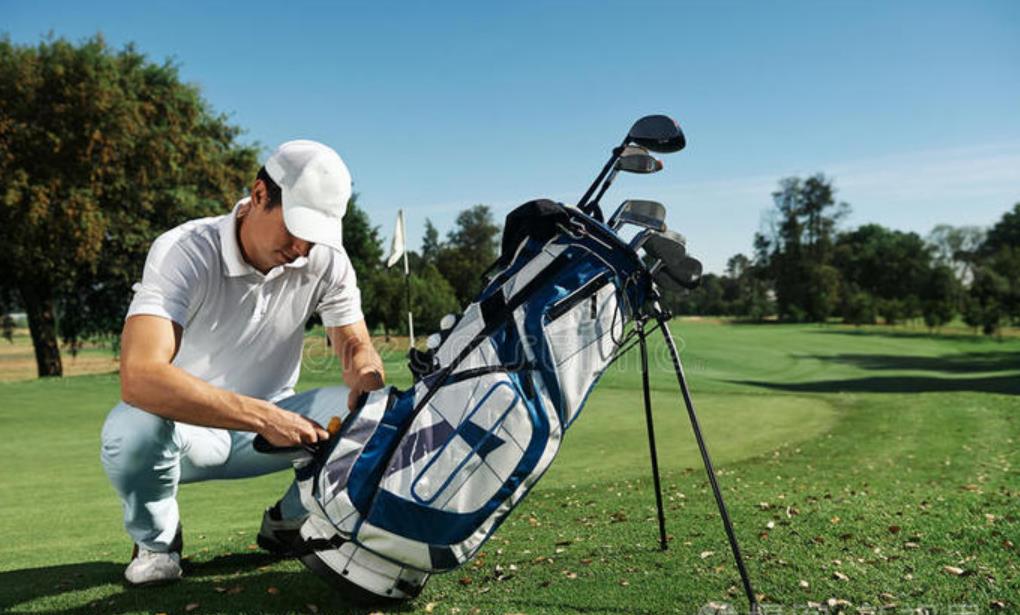Hey there! Ever wondered what makes your running shoes so comfy or why your yoga mat feels just right? Well, the magic lies in a material called EVA foam. It’s everywhere, but most of us hardly notice it. Let’s dive in and explore what EVA foam is all about and why it’s such a big deal in so many products we use daily.
What is EVA Foam?

EVA foam stands for Ethylene-Vinyl Acetate foam. It’s a copolymer, which means it’s made from two different types of plastics – ethylene and vinyl acetate. When these two come together, they create a material that’s incredibly flexible, resilient, and perfect for cushioning. Think of it as the best of both worlds: soft yet sturdy.
How EVA Foam is Manufactured?
The journey from raw materials to the EVA foam you see in products is pretty fascinating. It starts with the polymerization of ethylene and vinyl acetate. These are mixed together in various ratios depending on the desired properties. The mixture is then heated and pressurized to form a foam. This process creates tiny bubbles within the material, giving EVA its characteristic lightweight and cushioning properties.
What is EVA Material: Ethylene-Vinyl Acetate Explained
Ethylene is a common plastic, used in things like grocery bags. Vinyl acetate adds flexibility and softness. When combined, they create a foam that’s soft enough to absorb impact but durable enough to last. It’s like combining the bounce of a trampoline with the toughness of a tire.
Properties of EVA Foam
Lightweight and Durable
One of the standout features of EVA foam is how light it is. Despite its weight, it doesn’t skimp on durability. This makes it perfect for applications where you need both – like in the soles of shoes or protective padding.
Flexibility and Cushioning
EVA foam bends without breaking, providing excellent cushioning. This flexibility makes it ideal for sports gear and orthopedic applications, where comfort and protection are key.
Water Resistance and Insulation
EVA foam is also water-resistant, which means it doesn’t absorb moisture. This makes it great for things like pool floats and wetsuits. Plus, it has good insulation properties, keeping things warm or cool as needed.
Chemical Resistance
EVA foam stands up well against chemicals, including oils and solvents. This resistance ensures that products made from EVA foam last longer and remain effective even when exposed to harsh substances.
Safety and Non-Toxicity
Safety is a big concern, especially for products used by kids or in medical settings. EVA foam is non-toxic, which means it’s safe to touch and doesn’t release harmful chemicals.
What Is EVA Foam Used For?
Footwear
Look at any pair of modern shoes, and you’ll likely find EVA foam in the sole. Its cushioning properties make it perfect for absorbing impact, providing comfort with every step.
Sports Equipment
From helmets to pads, EVA foam is crucial in sports equipment. It protects athletes by absorbing shocks and reducing the risk of injury, all while being lightweight enough not to hinder performance.
Packaging: EVA Foam Case
EVA foam is a favorite for packaging delicate items. Its shock-absorbing properties make it a good choice for EVA foam case. EVA cases can keep fragile goods safe during shipping and handling.
Automotive Uses
In cars, EVA foam is used for everything from seat cushions to door panels. It adds comfort and durability, ensuring a smoother ride and a longer lifespan for interior components.
Construction
In the construction industry, EVA foam is valued for its insulation and soundproofing abilities. It helps keep buildings warm and quiet, improving energy efficiency and comfort.
Medical Devices
EVA foam’s non-toxic and cushioning properties make it ideal for medical devices. It’s used in everything from prosthetics to padding for hospital beds, ensuring patient comfort and safety.
Toys and Crafts
For toys and crafts, EVA foam is a go-to material. It’s soft, easy to cut, and safe for kids, making it perfect for everything from play mats to DIY craft projects.
Advantages of EVA Foam
Cost-Effectiveness
EVA foam offers excellent performance at a relatively low cost. It’s a budget-friendly option for manufacturers, which means consumers get high-quality products without breaking the bank.
Ease of Processing
This foam is easy to mold and shape, making it versatile for a wide range of applications. Whether it’s cut into sheets or molded into intricate shapes, EVA foam adapts beautifully.
Environmental Impact
While no plastic is perfect, EVA foam has a relatively low environmental impact. It can be recycled and, in some cases, produced with eco-friendly processes.
Longevity and Maintenance
EVA foam products are known for their longevity. They’re easy to clean and maintain, ensuring they stay in good condition for a long time.
Disadvantages of EVA Foam
Not Indestructible
While durable, EVA foam isn’t indestructible. It can wear down over time, especially with heavy use. Knowing its limits helps in choosing the right applications.
Environmental Concerns
Despite its advantages, EVA foam is still a plastic, and improper disposal can contribute to environmental issues. Recycling and responsible use are key.
EVA Foam vs. Other Foams
EVA Foam vs. Polyurethane Foam
EVA foam is lighter and more flexible than polyurethane foam, making it better for applications requiring cushioning and flexibility. However, polyurethane foam can be more durable and firmer, suitable for support structures.
EVA Foam vs. PVC Foam
Compared to PVC foam, EVA foam is softer and safer, as it doesn’t release harmful chemicals. PVC foam might be used where rigidity is needed, but EVA is preferred for comfort and safety.
EVA Foam vs. Rubber
Rubber is more elastic and durable than EVA foam, but it’s also heavier and more expensive. EVA foam is chosen for applications needing a balance of lightness and cushioning.
Conclusion
EVA foam is a versatile, cost-effective material used in countless applications, from shoes to medical devices. Its unique properties—lightweight, cushioning, and water-resistant—make it invaluable across industries. While it has its drawbacks, like any material, its benefits far outweigh them. Whether you’re walking in your comfy shoes or unwrapping a fragile package, EVA foam is quietly making your life better.
FAQs
1. Is EVA foam safe for kids?
Yes, EVA foam is non-toxic and safe for use in children’s toys and products.
2. Can EVA foam be recycled?
Yes, EVA foam can be recycled, though the availability of recycling programs may vary by location.
3. How does EVA foam compare to memory foam?
EVA foam is lighter and more durable, while memory foam offers superior comfort and conforms to the body.
4. Is EVA foam waterproof?
Yes, EVA foam is water-resistant, making it suitable for aquatic and outdoor applications.
5. Can EVA foam be used for insulation?
Absolutely! EVA foam’s insulating properties make it a great choice for thermal and sound insulation in construction.









